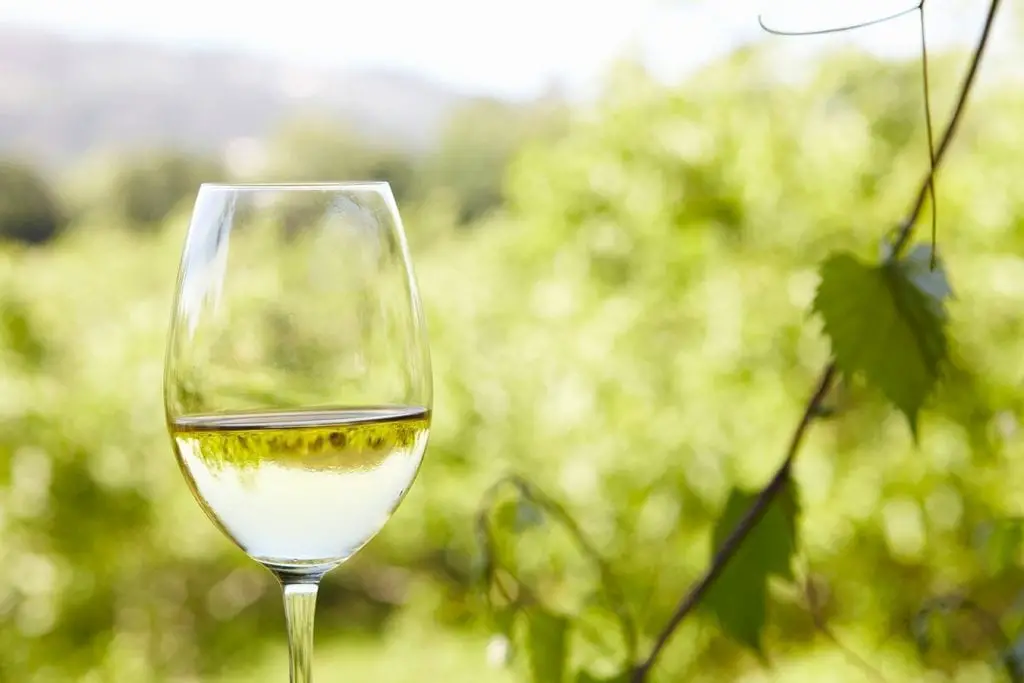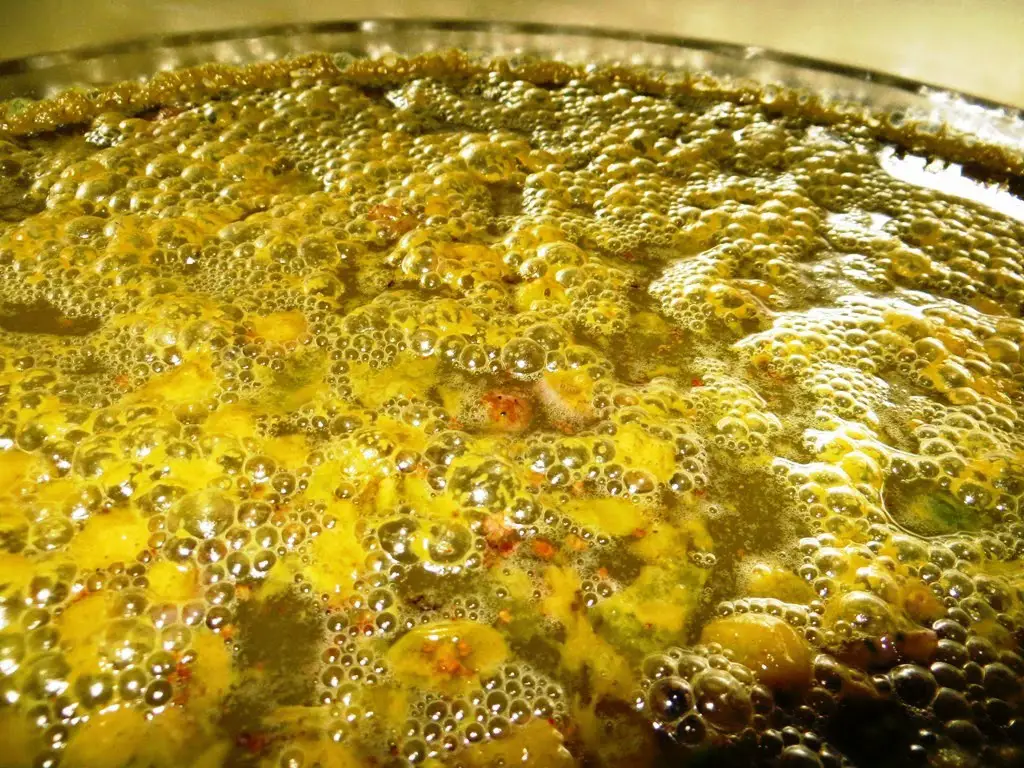do you want to know how white wine is made? For many people, white wine is an attractive drink, its temperature and its organoleptic qualities manage to catch everyone who is looking for something fascinating.
White wine has yellowish hues that make it very pleasing to the eye and flavors that vary according to the grape variety selected for its production. And although white grapes are usually used for its elaboration and it is curious, certain red vines are also used.
But do we really know how white wine is made? each wine has its own secrets and keeps in itself enigmas unknown to its followers, however, its elaboration process turns out to be the same in general lines. Discovering how white wine is made will open up our passion for a fascinating wine that, thanks to its vines, manages to bring everyone who tastes it to their knees.
En esta nota, encontraras lo siguiente
how should white wine be prepared?
White wine has its own methodology of elaboration, some of them presenting a wide range of shades that go from pale yellow to greenish sparkles and that, thanks to their aromas and flavors, manage to envelop any person.
In general, the selected grapes are stripped of their skins, pips and stalks in order to avoid any substance that could impart bitterness to the wine. However, there are also some wines that, like red wine, come into contact with their skins to obtain a greater organoleptic range.
Understanding how white wine is made involves knowing the process from the harvest, which is the first stage of everything, and the bottling phase. Throughout this production chain there are points of great interest that are responsible for the quality of the final wine.
how white wine is made? step by step
White wine is a subtle, pleasant and very aromatic broth, its stages within the elaboration method allow to obtain different wines that keep in themselves secrets that only the master winemaker knows and that makes it so special and particular.
 Step by step there is a process that encloses different steps that allow to give a perfect final result and that at the moment of the uncorking generates pleasure to the body.
Step by step there is a process that encloses different steps that allow to give a perfect final result and that at the moment of the uncorking generates pleasure to the body.
1.- Harvesting
The grape harvest is the first step in the way white wine is made, and this is precisely the starting point of everything. Here the best grapes are selected and those that may be bad, rotten or spoiled are separated. The harvest is usually carried out when the grapes are at their maximum aromatic potential, unlike grapes for red wines.
2.- Destemming
Once the best grapes are selected for the production of white wine, they are carefully transported to the destemming process. This is a process in which the grapes are separated from the stalks, stems or any other herbaceous part of the bunch that may be adhered to the grapes at the time of selection.
3.- Squeezing
Once the destemming process is finished, the grapes are crushed, which consists of breaking the berries to extract as much juice as possible without crushing the solid elements such as the stalks, skins and pips to avoid off-flavors in the wine. The must will be the first juice to come out and will have a low polyphenol content thanks to the fact that it does not come into contact with the grape skins.
4.- Maceration
Some white wines are not subjected to the maceration stage because the master winemaker prefers to make them lighter and fresher, but if the aim is to create more body and greater aromatic power, then the must will spend a few hours in contact with the pulp and skins. If the white wine has been made from red grapes, the skins are separated from the must during this step as they are precisely the ones that give the wine its color thanks to their polyphenols and tannins.
5.- Pressing
To continue understanding how white wine is made, we must talk about pressing, a fundamental part of the whole process, here the resulting mixture of pulp, skins, pips and stalks is pressed to extract as much must as possible. Pressing should be done gently and not aggressively, since this way better quality flavors are obtained.
6.- Draining
The must must must be clean of substances and to achieve this, the must is changed in the container, leaving the solid remains at the bottom and allowing it to rest for a few hours, a fundamental step when making white wine. 
7.- Fermentation
Perhaps the most important step in the whole process of how white wine is made, it is also a delicate point in which great care must be taken, since it is here that the sugars contained in the must are converted into alcohol.
This is where the yeasts come into play, which can be naturally present in the grapes or artificially added to facilitate fermentation. All the juice obtained after pressing is then placed in vats, usually made of stainless steel, yeast is added and the wine is left to ferment at temperatures between 18 and 20°C for about three weeks.
There are even certain white wines that are fermented in oak barrels, in order to obtain more body, aroma and alcohol content. During this process it is of vital importance to control the density of the must to be able to determine the amount of sugar remaining and the temperature, since if it is not adequate, the fermentation process can stop or generate a very slow fermentation.
Preparation of white wine with malolactic fermentation
As with red wine, there are certain white wines that undergo malolactic fermentation, so they will be fermented in barrels and will receive bacteria that transform malic acid into lactic acid.
1.- Racking
At the end of the fermentation phase, the wine is transferred from one tank to another in order to precipitate the solid particles through gravity and thus eliminate any solid residue it may have.
2.- Clarification
To finish purifying the broth, a clarification process is carried out after racking in case there are any substances that should not be present. To this end, clarifying chemicals are added to remove any impurities that may exist.
3.- Aging
If it is desired to mature the wine for a long period of time, it is placed in oak barrels for several months, which will give the wine a certain aroma and body.
4.- Stabilization and Filtering
In order to stabilize the white wine obtained, the broth is subjected to low temperatures to reduce the concentration of potassium bitartrate and to prevent the formation of salts in the bottle. Once this phase has passed, the wine is finally filtered to obtain a more optimal wine.
5.- Bottling
Once the desired broth is obtained, it is then bottled. Here the wine is left to mature for days, weeks or months in the cellar until it is ready to be marketed. It is important that the wine is not aerated too much, as it loses the qualities that define it as such.
White wine is a delicious drink that has managed to capture the attention of people looking for something different, full of nuances, aromas and unique flavors. Therefore, it is important to understand how white wine is made, since the broth that we have between our fingers and that makes our palate rave is more valued.




